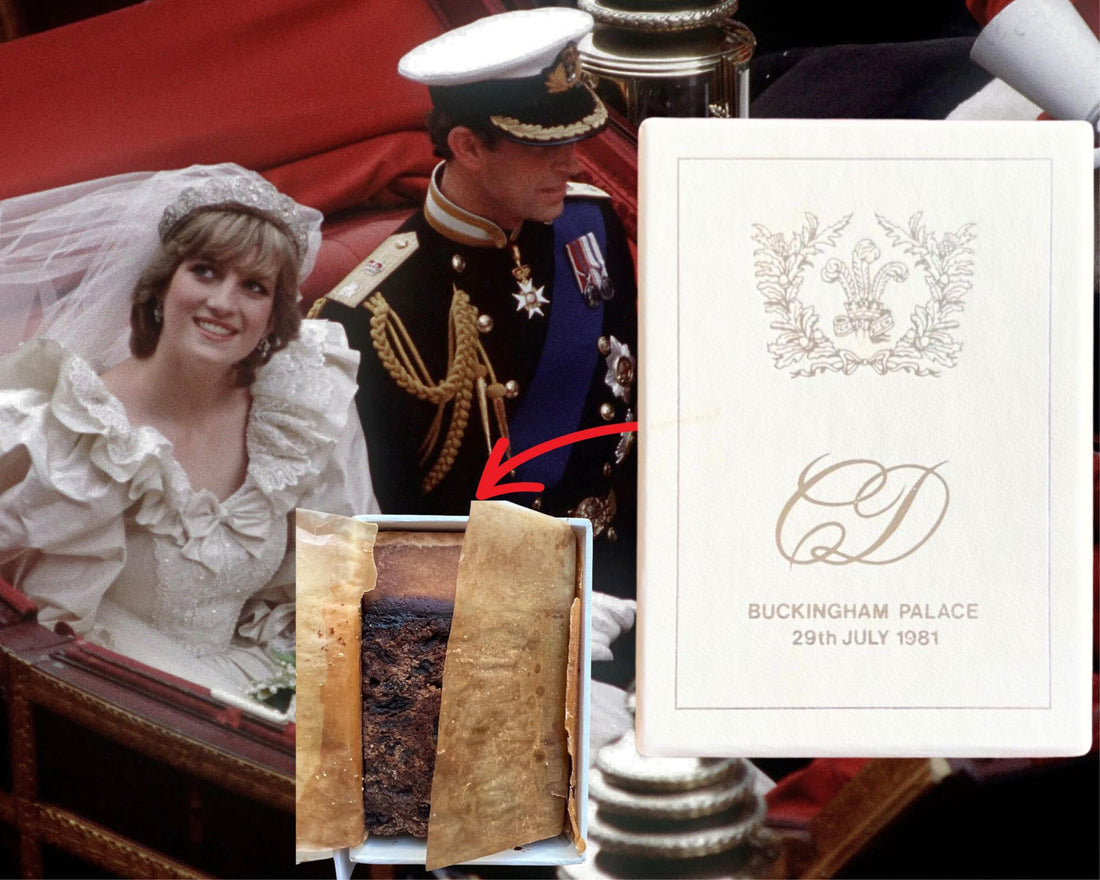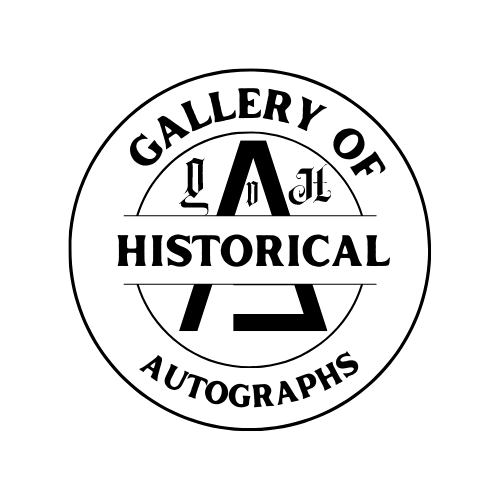
🍰 A Slice of Royal History: The 1981 Wedding Cake of Prince Charles and Princess Diana
Share
On July 29, 1981, the world witnessed a fairy tale come to life as Prince Charles married Lady Diana Spencer in a ceremony that captivated millions. Beyond the grandeur and pageantry, one sweet tradition stood out: the royal wedding cake. Today, we explore the fascinating story behind this iconic confection and its lasting legacy.

The Wedding of the Century
Dubbed the "wedding of the century," the nuptials of Prince Charles and Lady Diana Spencer were more than just a royal affair; they were a global event. Held at St. Paul's Cathedral in London, the ceremony was attended by 3,500 guests, including heads of state and royalty from around the world. An estimated 750 million people tuned in to watch the broadcast, making it one of the most-watched events in television history.
Diana, at just 20 years old, captivated the world with her grace and poise. Her wedding dress, designed by David and Elizabeth Emanuel, featured a 25-foot train and became one of the most iconic bridal gowns in history. The couple's balcony kiss at Buckingham Palace delighted onlookers and set a precedent for future royal weddings.

The Royal Wedding Cake: A Culinary Masterpiece
Central to the wedding festivities was the official wedding cake, a towering five-tiered fruitcake standing over five feet tall and weighing approximately 225 pounds. Crafted by David Avery, the head baker at the Royal Naval Cookery School, the cake was a labor of love that took 14 weeks to complete.
The cake's intricate decorations included the Prince of Wales's coat of arms, the Spencer family crest, and floral emblems representing the United Kingdom. Corinthian Roman columns separated the tiers, adding to its grandeur. Avery even created two identical cakes to ensure perfection on the big day.

The Tradition and Significance of Fruitcake
Fruitcake has long been a staple in British royal weddings, a tradition dating back to the Middle Ages. Its dense texture and rich ingredients—candied fruits, nuts, and spices—symbolize prosperity and longevity. The addition of alcohol, such as rum or brandy, not only enhances flavor but also acts as a natural preservative, allowing the cake to last for years.
This preservation quality made fruitcake an ideal choice for royal occasions. Slices could be distributed to guests or saved as keepsakes, and it was customary to reserve the top tier for the christening of the couple's first child.

A Slice Preserved in Time
In keeping with royal tradition, slices of the wedding cake were distributed to guests and well-wishers in commemorative boxes. One such slice was sent to Mrs. Greta Evans of the Isles of Scilly. Encased in its original white Buckingham Palace–embossed box, adorned with the Prince of Wales’s feathers and the intertwined initials “C” and “D,” the cake remains wrapped in its original waxed paper.

Accompanying the slice is a copy of a typed letter dated October 7, 1981, on Buckingham Palace stationery, expressing gratitude for a wedding gift received through the Duchy of Cornwall. While the signature appears in facsimile or copy form, the letter provides key provenance details and context.
The Enduring Legacy
Over the years, slices of Charles and Diana's wedding cake have become cherished collectibles, fetching significant sums at auctions. Their enduring appeal lies not only in their connection to a historic event but also in the rich traditions they represent.
This particular slice, with its original packaging and accompanying letter, offers a tangible connection to a moment that captivated the world. It stands as a testament to the enduring allure of royal traditions and the timeless appeal of a well-crafted fruitcake.

To sell your unique piece of Royalty, simply click the "Sell to us" link above!
